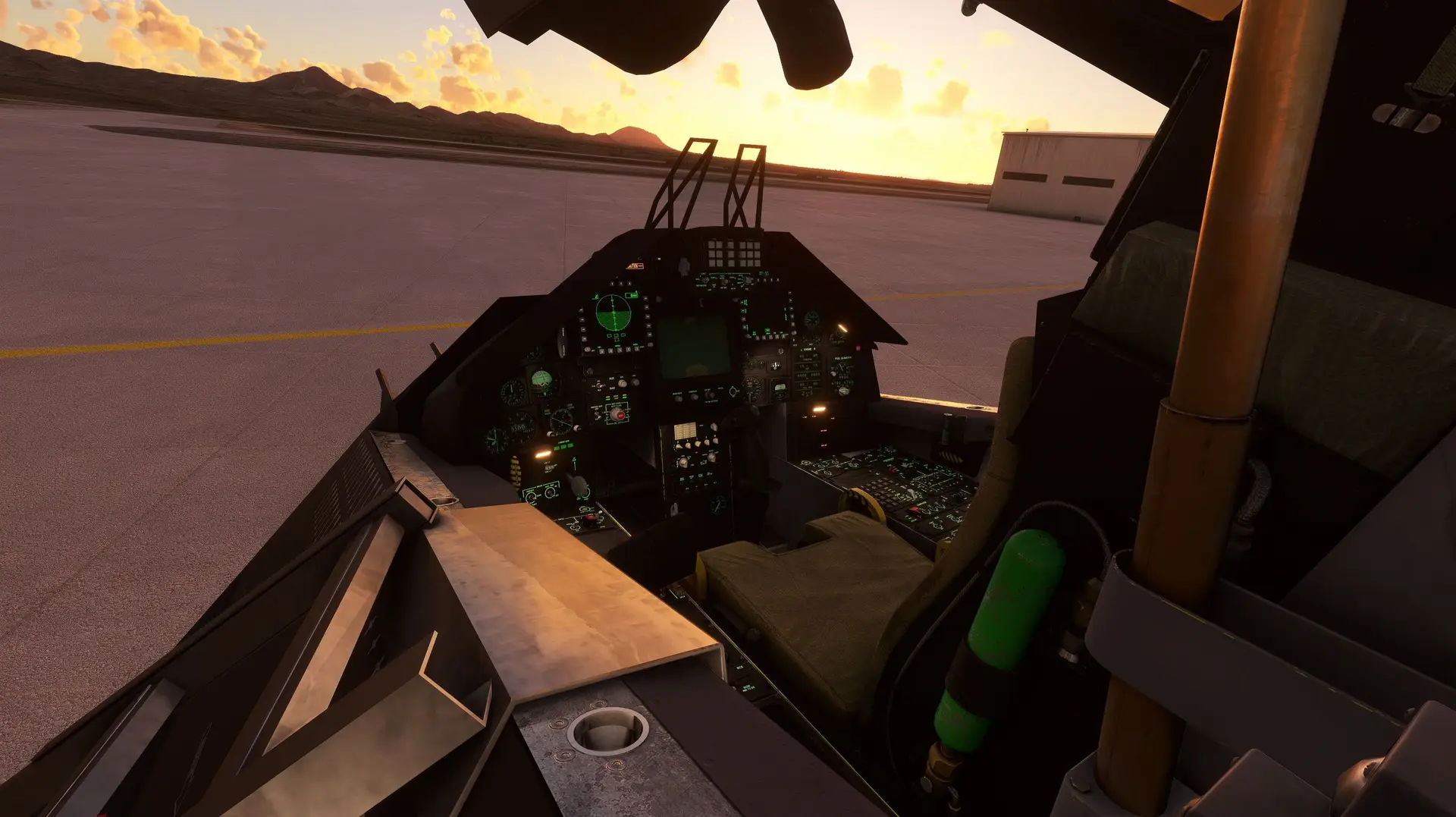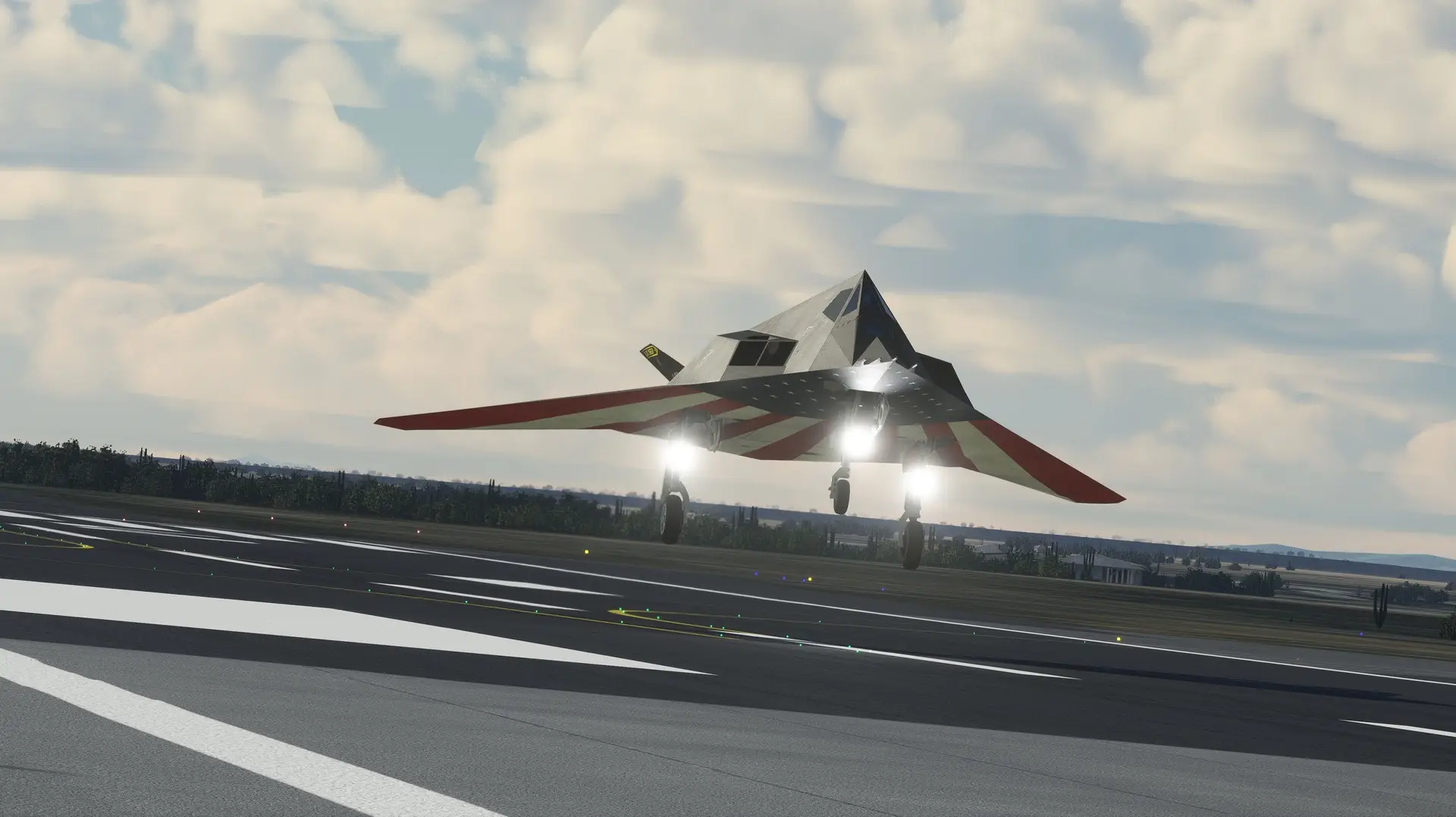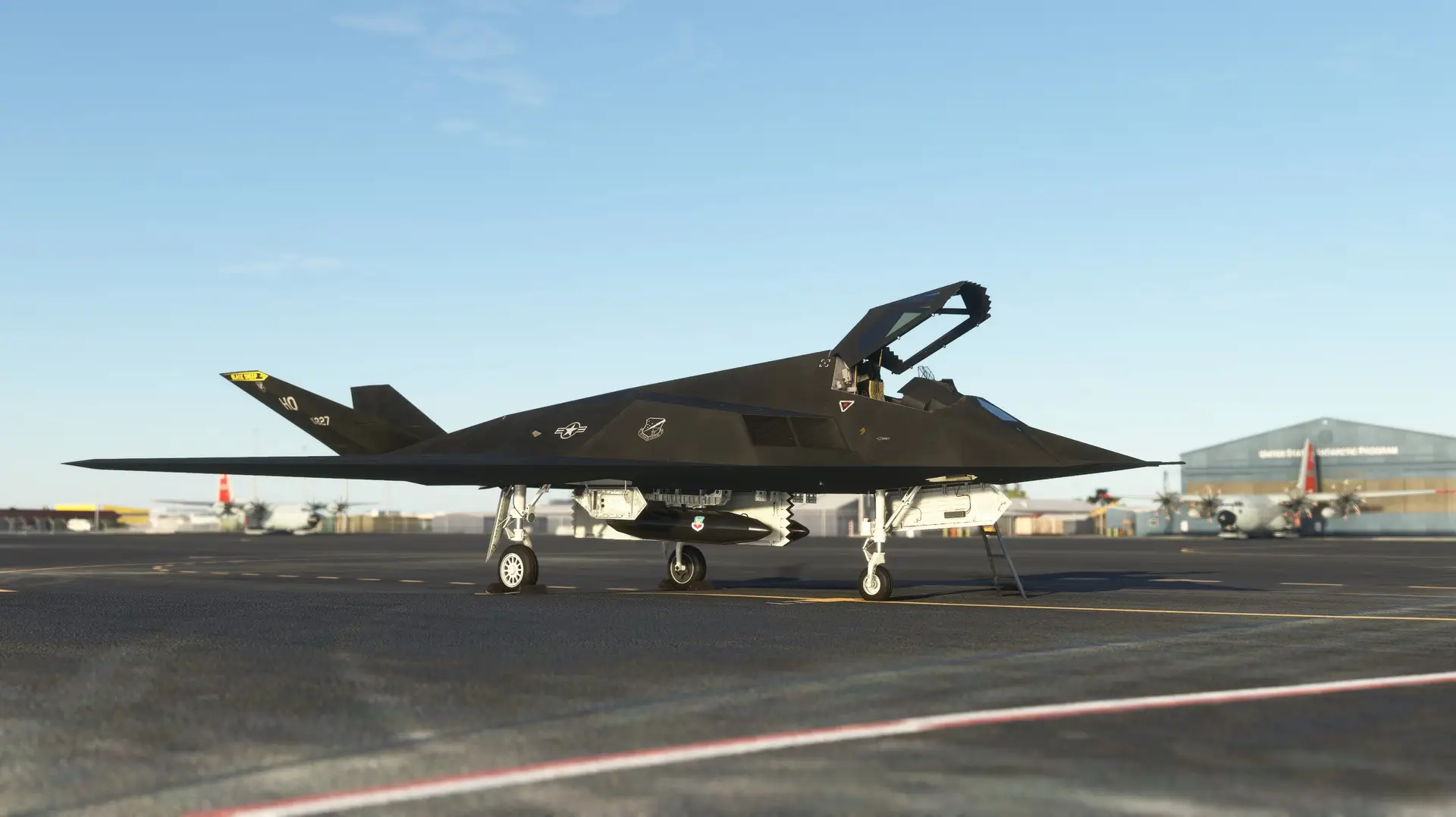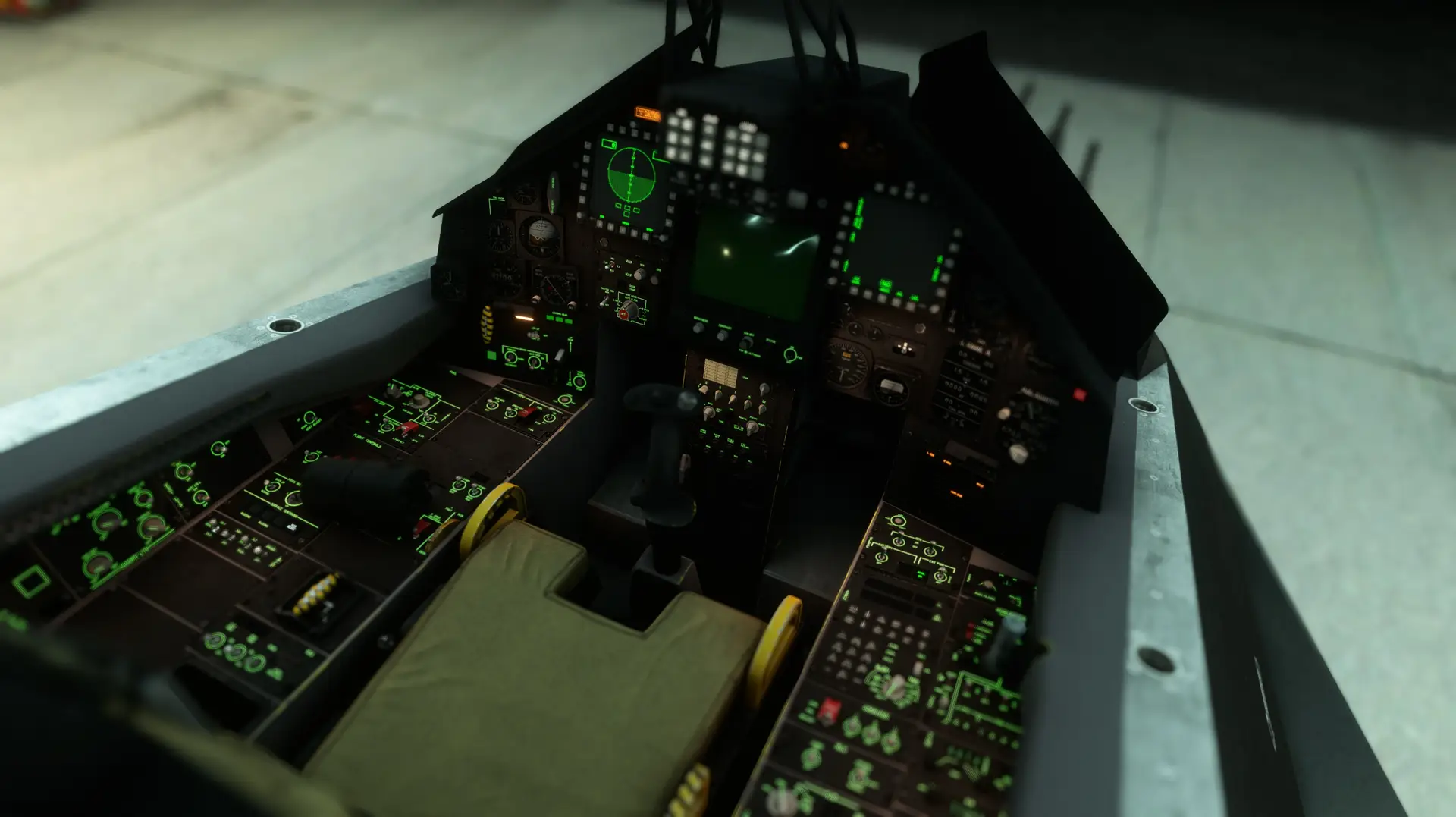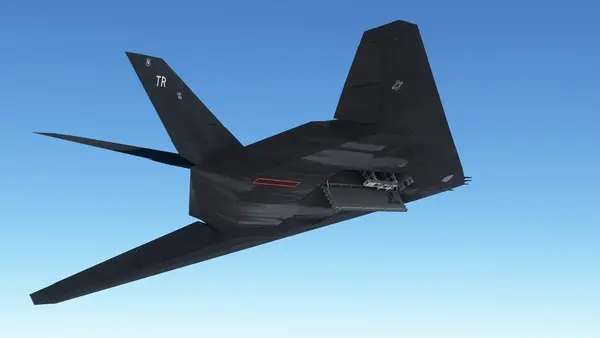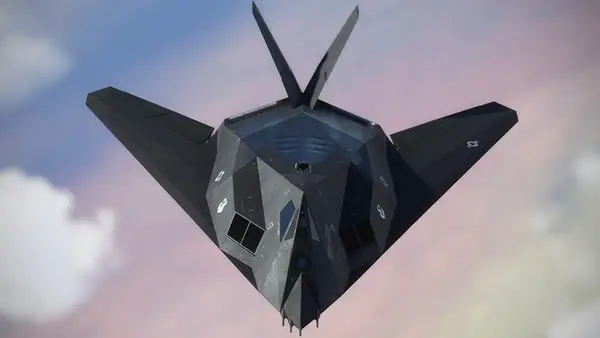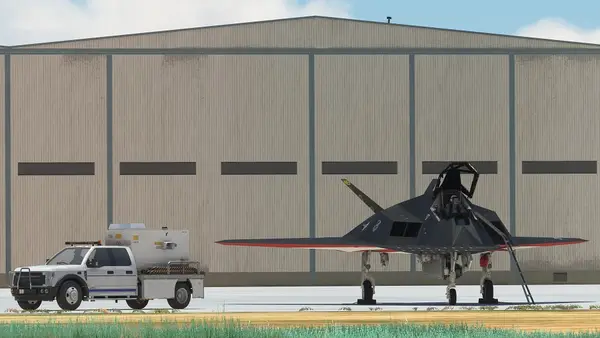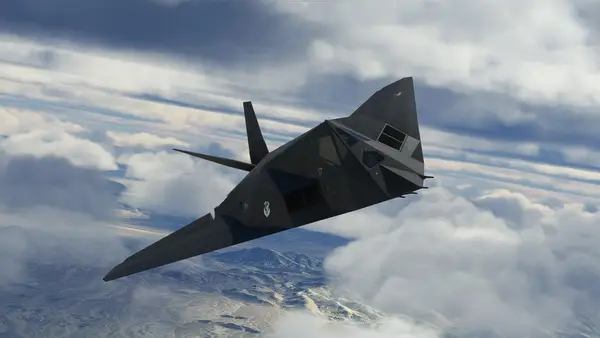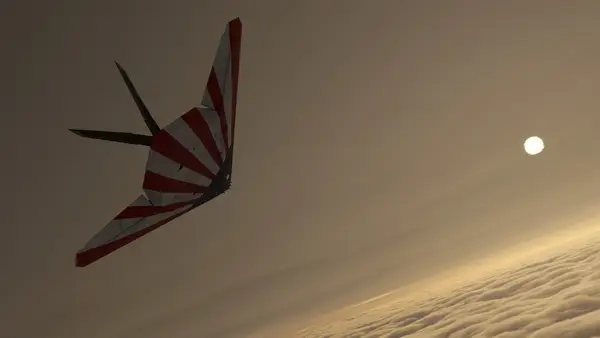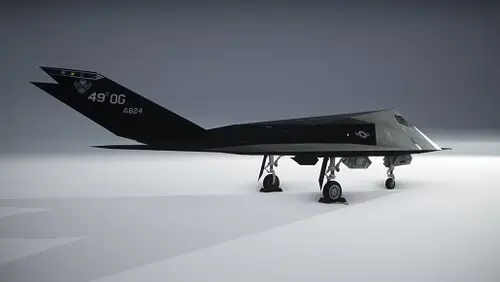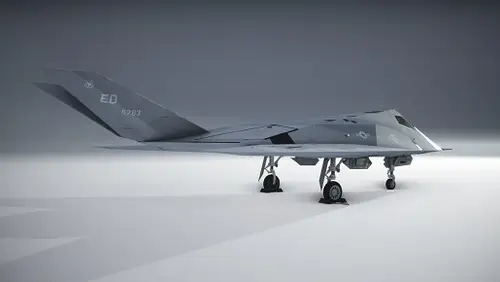The F-117 Nighthawk is a single-seat, twin-engine low-observable attack and light bombing combat aircraft designed and produced by American aerospace manufacturer Lockheed. The jet was the first in history to be created primarily to optimize its radar cross section, making it “stealth” and nearly undetectable to radars in existence at the time of its development. The design was based on the concept that an object’s radar cross section (RCS) was determined more by its shape, notably the arrangements of its edges and faces, than its size. Called “Have Blue” during its development, the top secret project produced an airframe of a form unlike any before seen. It was built of a complex assemblage of faces and vertices that produced a radar cross section similar to that of an object just a fraction of its size. With an emphasis on low radar observability, it proved aerodynamically difficult to control. Engineers solved the issue by creating a fly-by-wire flight control system based on a high-speed computer and quadruple redundancy.
Furthering its low observable character, Lockheed designed engine exhaust baffles and used non-afterburning engines to minimize thermal infrared signature and excluded a radar which could alert an enemy to its presence due to its active nature. For targeting, the F-117 used an infrared imager combined with a laser rangefinder.
The F-117 took its maiden flight on June 18, 1981 and entered service exclusively with the United States Air Force in October of 1983. Lockheed built a total of 64 of the aircraft including five prototypes. The jet was used operationally in a number of conflicts, notably the 1989 invasion of Panama and in the 1991 Gulf War, where it performed the role of suppression of enemy air defenses (SEAD) and interdiction of command and control (C2) nodes at the opening of the war. The aircraft was retired from the Air Force’s operational inventory in 2008, although it has been used since then in limited service for training and research and development purposes.
The F-117 Nighthawk measures 65 feet, 11 inches in length, stands 12 feet, 5 inches tall, and features a highly-swept main wing with a span of 43 feet, 4 inches. It has an empennage consisting of two outwardly-canted vertical stabilizers in a V configuration and no horizontal stabilizer. The jet is powered by two General Electric F404-F1D2 turbofan engines that each produce up to 9,040 pounds of thrust. The F-117 has a range of 1,070 miles, a service ceiling of 45,000 feet above sea level, and a top speed of 684 miles per hour.


